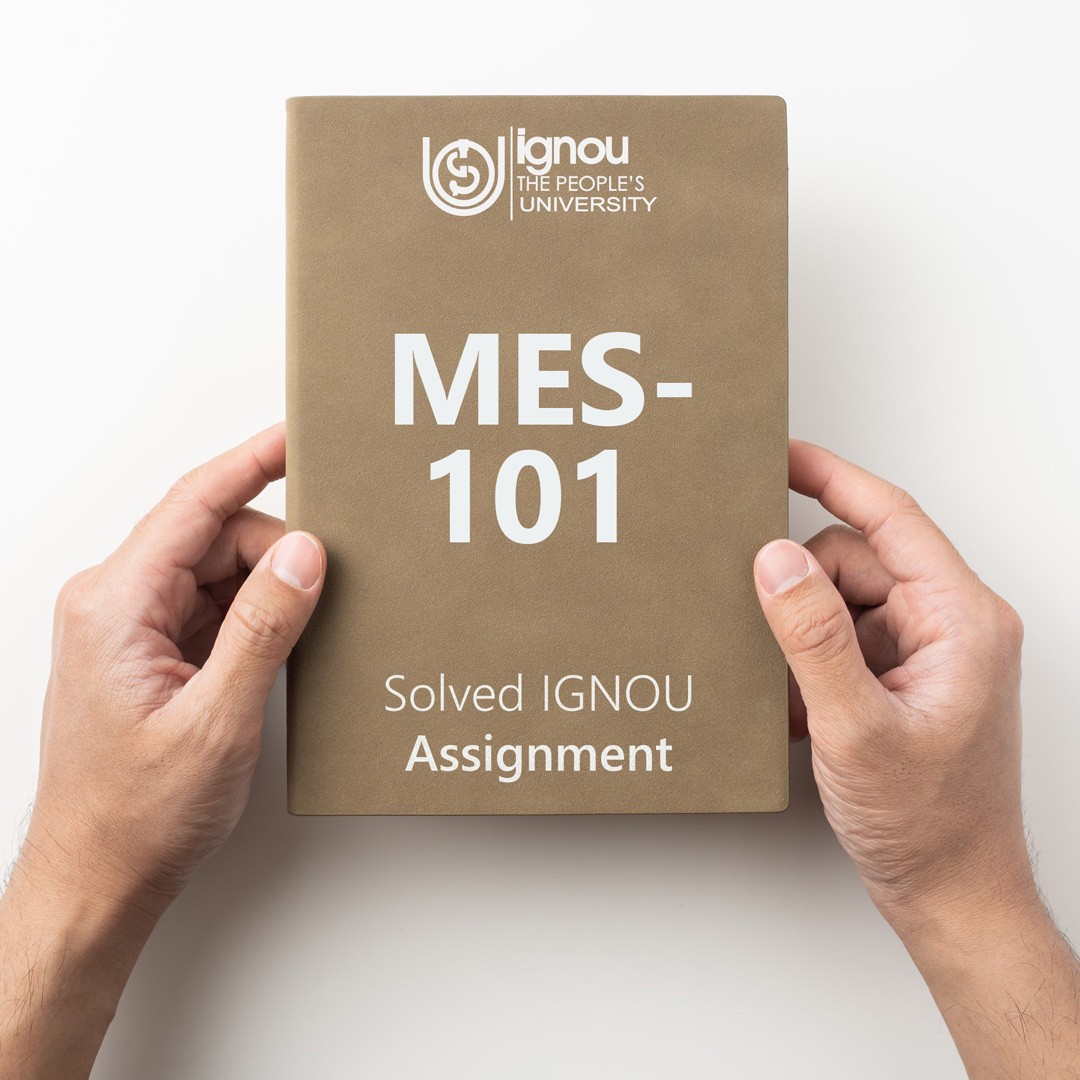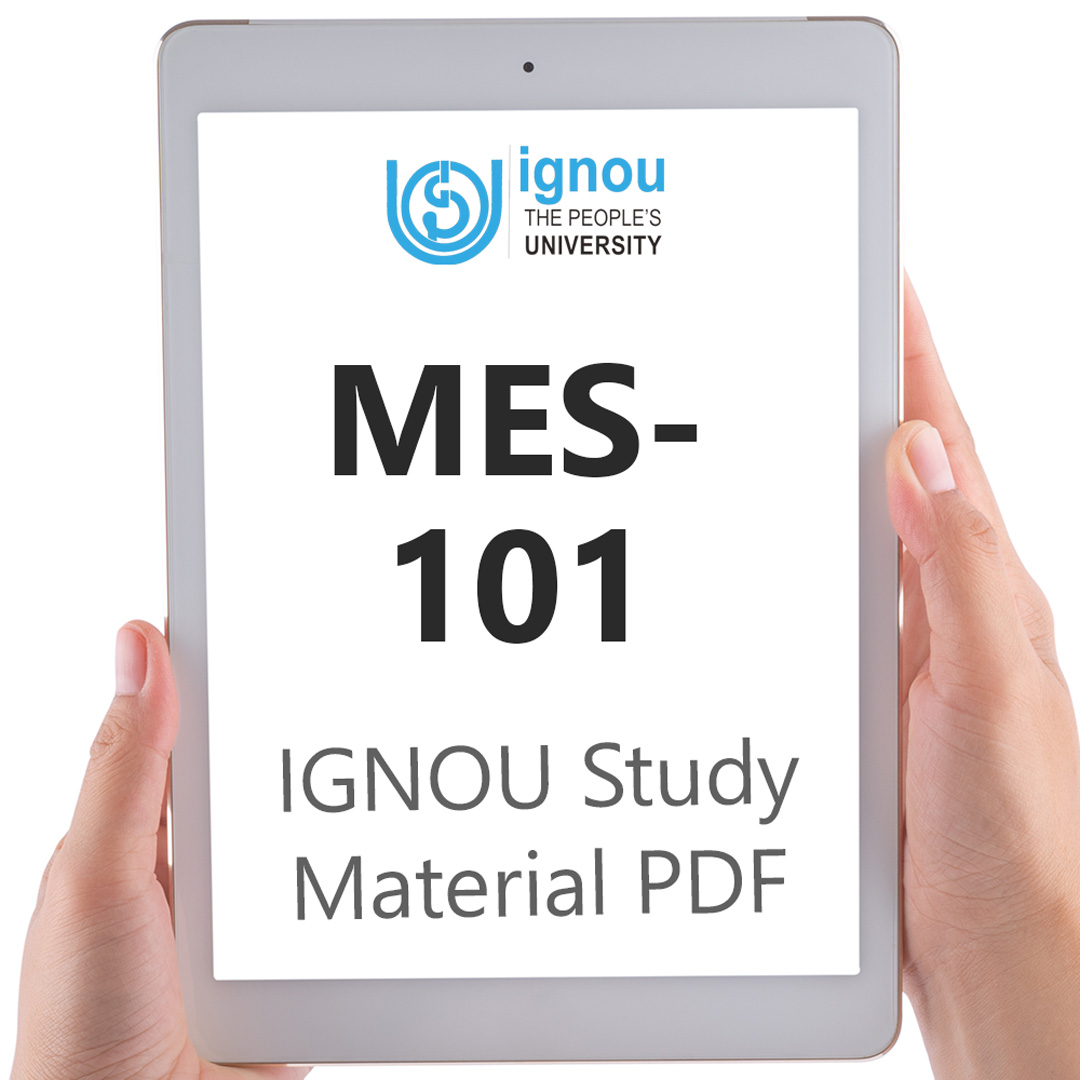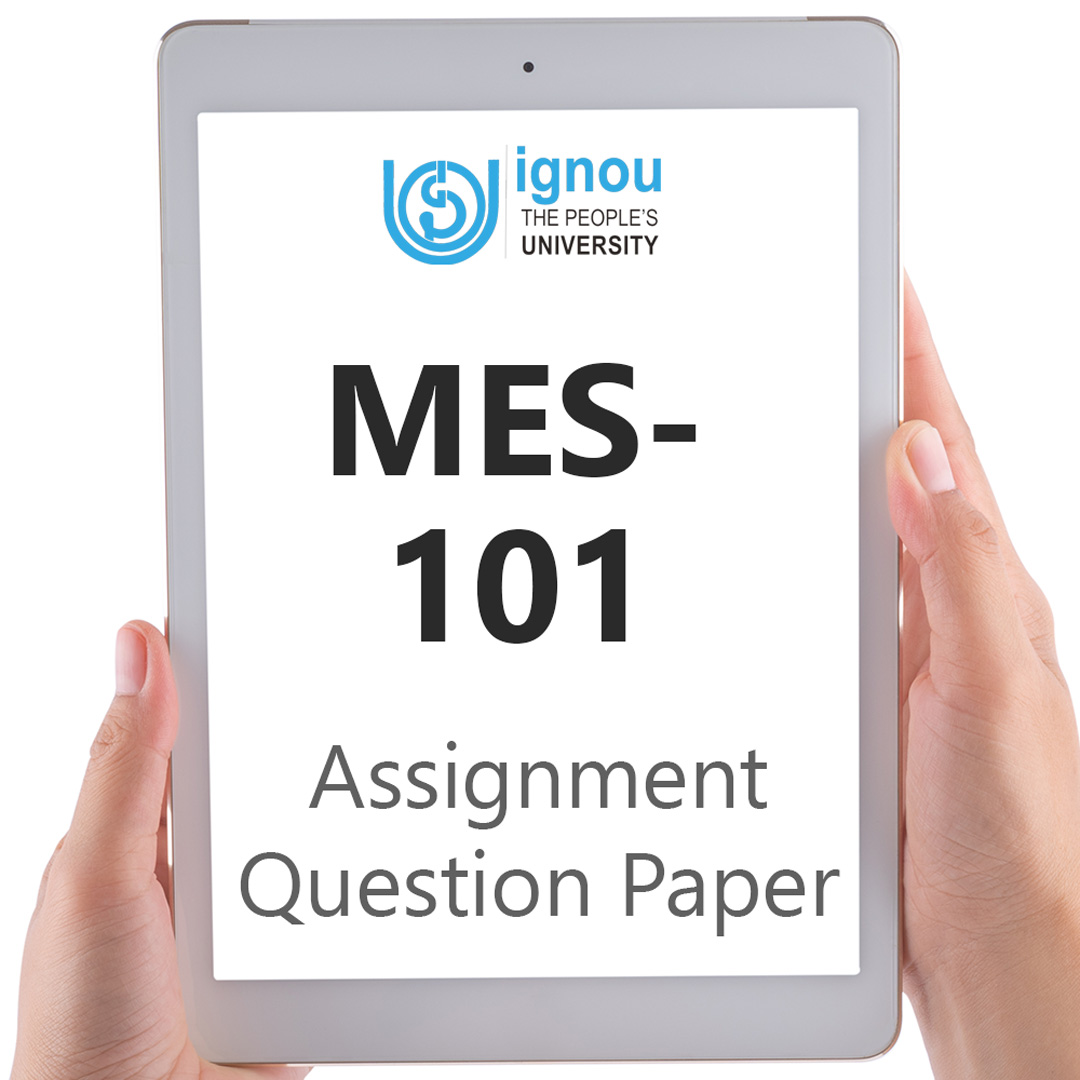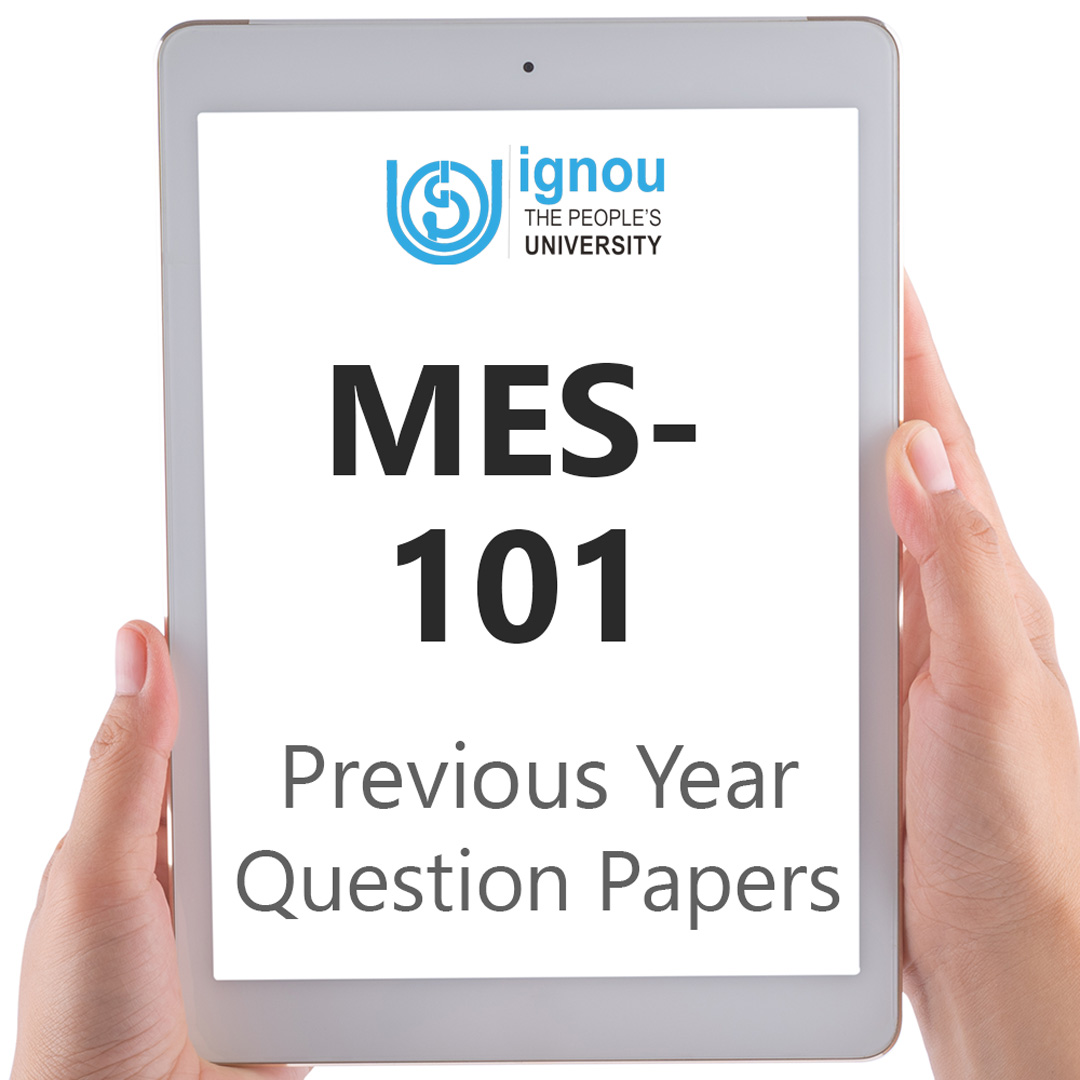If you are looking for MES-101 IGNOU Solved Assignment solution for the subject Higher Education: Its Context and Linkages, you have come to the right place. MES-101 solution on this page applies to 2023 session students studying in MAEDU, PGDHE courses of IGNOU.
MES-101 Solved Assignment Solution by Gyaniversity
Assignment Code: MES-101/TMA/2023
Course Code: MES-101
Assignment Name: Higher Education: Its Context and Linkages
Year: 2023
Verification Status: Verified by Professor
a) Indian Education system has inherited several features of the colonial system. Discuss the major features of the British system of education that find a place in the present education system. (500 words)
Ans) The Indian education system has undergone several transformations since its inception. However, it still has some features of the British system of education, which was introduced during the colonial period. The British educational system played a significant role in shaping the modern Indian education system.
The major features of the British education system that find a place in the present Indian education system are:
Centralized System of Education: The British introduced a centralized system of education, which is still prevalent in India. The centralization of education meant that the government controlled and regulated the entire education system, from curriculum development to teacher recruitment. The centralization of education was aimed at creating a uniform education system across the country.
Emphasis on English Language: The British introduced English as the medium of instruction in schools and colleges. English was seen as the language of power and was necessary for employment in government offices. Even today, English is given great importance in Indian education, and it is considered a gateway to success. Many schools and colleges in India still use English as the medium of instruction.
Standardized Curriculum: The British introduced a standardized curriculum, which was aimed at creating a uniform education system across the country. The curriculum was designed to promote the study of the English language, mathematics, and science. Even today, the Indian education system follows a standardized curriculum, which is prescribed by the central and state governments.
Examination System: The British introduced the examination system, which is still prevalent in India. The examination system was designed to assess the knowledge and skills of students. The British introduced the concept of pass and fail, and students had to pass a certain level of examination to move to the next level. Even today, the Indian education system follows the examination system, which is based on the concept of pass and fail.
Emphasis on Theory Over Practice: The British education system emphasized theory over practice. The British believed that theoretical knowledge was more important than practical knowledge. This approach was based on the idea that theoretical knowledge would enable students to solve practical problems. Even today, the Indian education system emphasizes theory over practice, and practical knowledge is not given enough importance.
Emphasis on Memorization: The British education system emphasized memorization. The British believed that rote learning was the best way to acquire knowledge. This approach was based on the idea that memorization would help students to recall information when needed. Even today, the Indian education system emphasizes memorization, and students are expected to memorize large amounts of information.
Hierarchical Structure: The British education system had a hierarchical structure. The British believed that education should be provided based on social class. The higher classes received a better education than the lower classes. Even today, the Indian education system has a hierarchical structure, and education is still based on social class.
The Indian education system has inherited several features of the British system of education, which was introduced during the colonial period. The British education system played a significant role in shaping the modern Indian education system. However, it is important to note that the Indian education system has also undergone several transformations and has evolved over time. The Indian education system needs to move away from its colonial legacy and adopt a more inclusive and practical approach to education.
b) Discuss the characteristics of the Open and Distance Learning (ODL) system. How can the ODL system promote equity and access in Higher Education? (500 words)
Ans) Open and Distance Learning (ODL) is a mode of education that allows learners to pursue their studies through a variety of media, such as print, electronic media, and the Internet. ODL is designed to provide education to learners who are unable to attend traditional, face-to-face classes. In this response, we will discuss the characteristics of the ODL system and how it can promote equity and access in higher education.
Characteristics of the ODL System
Flexibility: The ODL system is flexible, allowing learners to study at their own pace and convenience. Learners can choose the time, place, and mode of study that suits their individual needs and preferences.
Access: The ODL system is accessible to learners who are unable to attend traditional, face-to-face classes due to various reasons, such as distance, time constraints, work commitments, and family responsibilities.
Technology-based: The ODL system is heavily reliant on technology, such as online platforms, virtual classrooms, video conferencing, and social media. This enables learners to interact with their instructors and peers from remote locations.
Self-Directed Learning: The ODL system requires learners to take responsibility for their own learning, as they are not physically present in a traditional classroom setting. This promotes self-directed learning and encourages learners to be more independent.
Collaborative Learning: Despite being physically distant, the ODL system encourages collaborative learning among learners. Learners can interact with their peers and instructors through online discussion forums, group projects, and peer assessments.
Promoting Equity and Access in Higher Education
Geographical Access: The ODL system can promote equity and access by enabling learners from remote or rural areas to access higher education. Learners who live in areas where traditional universities are not available can enroll in ODL programs offered by reputable institutions.
Time Flexibility: The ODL system can promote equity and access by enabling learners who have time constraints to access higher education. Learners who work full-time or have family responsibilities can study at their own pace and convenience, without having to attend traditional classes.
Affordability: The ODL system can promote equity and access by offering affordable higher education options. Learners who cannot afford the high cost of traditional higher education can enroll in ODL programs that are more affordable.
Inclusivity: The ODL system can promote equity and access by being more inclusive of learners from diverse backgrounds. Learners who face barriers to traditional higher education, such as physical disabilities, can access higher education through ODL programs.
Lifelong learning: The ODL system can promote equity and access by providing opportunities for lifelong learning. Learners who missed out on higher education earlier in life can enroll in ODL programs and continue their education at any point in their lives.
In conclusion, the Open and Distance Learning (ODL) system has several characteristics that make it unique, such as flexibility, access, technology-based learning, self-directed learning, and collaborative learning. The ODL system can promote equity and access in higher education by providing opportunities for learners from remote or rural areas, learners who have time constraints, learners who cannot afford traditional higher education, learners from diverse backgrounds, and learners who want to engage in lifelong learning. The ODL system has the potential to revolutionize the way higher education is delivered and make it more accessible and inclusive to a wider range of learners.
c) Why is assessment and accreditation of higher learning institutions important? Critically analyse the functioning of the agency responsible for assessing higher education institutions. (500 words)
Ans) Assessment and accreditation of higher learning institutions are important for several reasons. Firstly, it ensures that institutions are meeting the minimum standards of quality education. Accreditation also serves as a quality assurance mechanism that assures students and their parents, as well as employers, that the education they receive from an institution is credible and of a high standard. Additionally, accreditation is important for the institutions themselves as it enables them to access funding opportunities, attract and retain students, and enhance their reputation.
In the United States, the agency responsible for assessing and accrediting higher education institutions is the Council for Higher Education Accreditation (CHEA). CHEA is a private, non-profit organization that was established in 1996 to provide a framework for accrediting organizations that assess institutions of higher education. CHEA serves as a national advocate for voluntary accreditation and works with its members to promote self-regulation and quality assurance in higher education.
While CHEA plays an important role in ensuring the quality of higher education institutions, there have been criticisms of its functioning. One criticism is that CHEA's membership is made up of accrediting organizations, which raises questions about its independence and objectivity. Accrediting organizations pay membership fees to CHEA, which creates a potential conflict of interest. Some argue that CHEA should not be funded by the very organizations that it is responsible for accrediting.
Another criticism of CHEA is that its standards for accreditation are not always clear and consistent. Some argue that the standards are too vague and open to interpretation, which can lead to inconsistencies in the accreditation process. There have also been concerns that some accrediting organizations may be too lenient in their assessment of institutions, which can compromise the quality of higher education.
Additionally, some have argued that the accreditation process can be overly bureaucratic and burdensome for institutions. The process can be time-consuming and expensive, and some institutions may struggle to meet the requirements for accreditation. This can be particularly challenging for smaller institutions or those that serve underrepresented communities. Despite these criticisms, it is important to note that the accreditation process serves an important role in ensuring the quality of higher education. Accreditation provides a framework for institutions to demonstrate that they are meeting the minimum standards for quality education, and it provides students and employers with assurance that the education they receive is credible and of a high standard.
Assessment and accreditation of higher learning institutions are crucial for ensuring the quality of higher education. The Council for Higher Education Accreditation (CHEA) serves an important role in providing a framework for accrediting organizations that assess institutions of higher education. While there have been criticisms of CHEA's functioning, it is important to recognize the value of accreditation in promoting self-regulation and quality assurance in higher education. However, it is important for CHEA to address the concerns raised by critics to ensure that the accreditation process is fair, consistent, and effective in promoting quality education.






